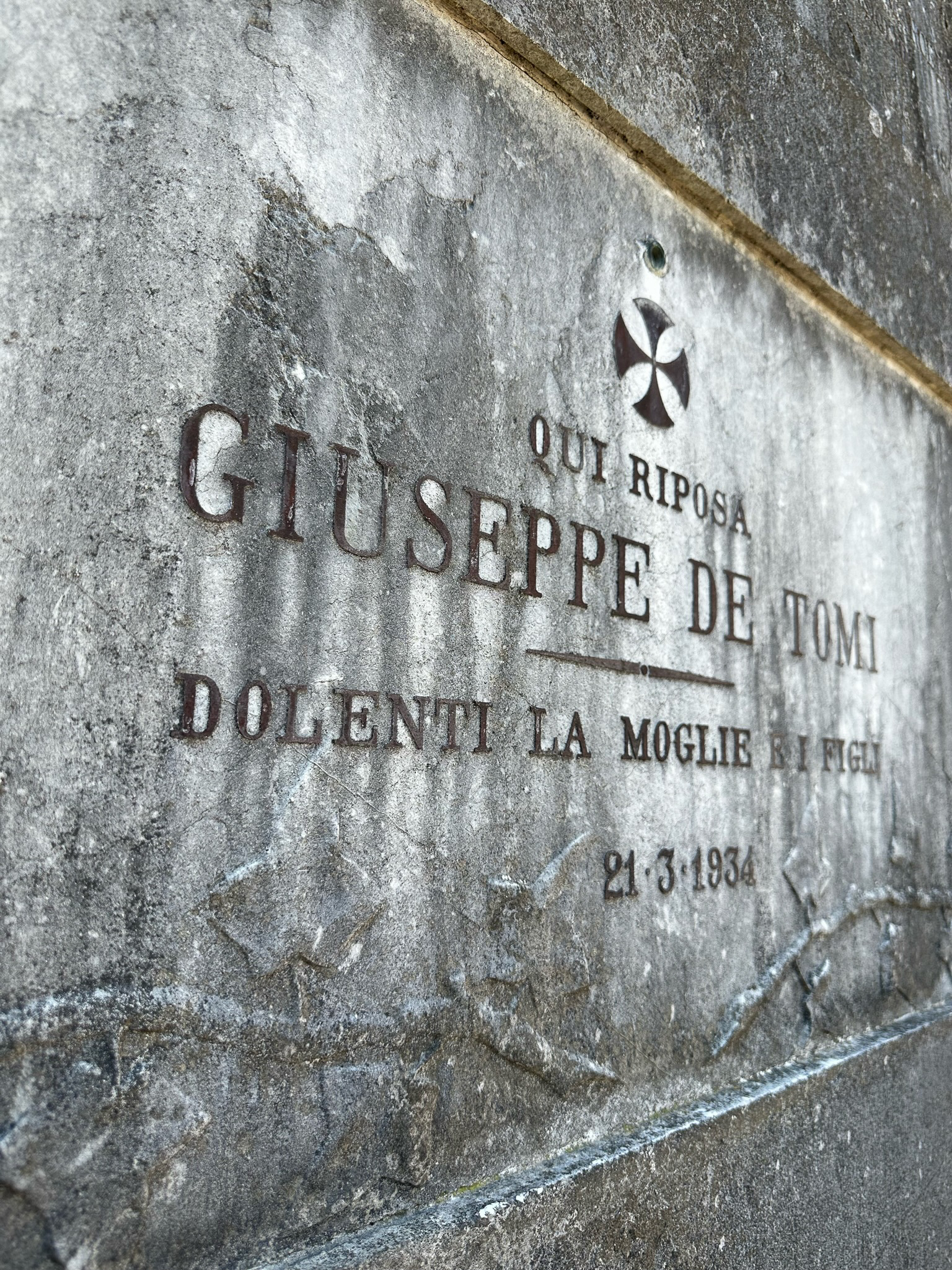A morning in Venice offered a canvas of vivid hues as we embarked on a voyage, one that was awaited for more than a decade. The anticipation danced in harmony with the waves as we hailed a water taxi near the Rialto Bridge. The taxi driver, though not as informative as I hoped, offered a safe passage, even sharing his number for our return journey. As we sped through the canal, Venice seemed to embrace us, wind twirling in our hair, echoing whispers of stories untold.
A Picturesque History of Death in Venice
Death, in Venice, paints a narrative as vivid and alluring as the vibrant life pulsating in the heart of the city. Tracing back to the Middle Ages, a stark contrast in burial places prevailed; the affluent found their resting places in churches, while the less fortunate were laid to rest in “campielli dei morti” or ‘little fields of the dead’. Though the name suggests a certain romance, these fields were nothing more than dank, overcrowded patches of land or simply under the stones of the pathways in Venice, a grim reflection of the society’s divide.
However, the narrative took a turn in 1837, a change ushered during the Napoleonic reign. The cramped ‘campielli’ were closed, giving way to a more dignified resting place, the tranquil island of San Michele, dedicated entirely to harboring the city’s departed souls. Here, within the high walls and under the serene shadow of cypress trees, the island emanates a haunting yet peaceful charm.
Despite its tranquil demeanor, the island buzzes with a quiet life of its own. Insects and lizards bustle around the flowers and tombstones old and new. Loved ones visit here and there, decorating the graves with fresh flowers and keeping the memories vivid and ever-present.
Due to space constraints, most tombs witnessed a changing of stories and neighbours, as they are vacated every ten to twelve years. San Michele stood as a silent witness to the passage of time, holding the tales of generations of Venetians alongside illustrious foreigners like the ballet impresario Serge Diaghilev, the innovative composer Igor Stravinsky, and the renowned poet Ezra Pound. This transition reflected a deep respect for the deceased, further emphasized in 1998 when a competition was announced to expand the sacred grounds with new columbariums, a chapel, and a crematorium, even proposing the addition of a new island constructed beside the old, preserving the history and respect the place demands.
A Stroll Through the Present
Our exploration began with whispers of history echoing from the ancient graves and crypts, where emotions seemed captured in stone and time stood still. The middle section, though a canvas of recent stories, captivated us with images and busts that depicted the personalities resting there.
But the newly constructed section, designed by David Chipperfield, felt somewhat detached. The black stone walls, though a sober extension of the cemetery, seemed devoid of the emotions and stories that the older sections embraced. Yet, the tradition of decorating graves with photographs and plastic flowers endured, whispering tales of love and memories.
The Visual Tapestry
I chose to document our stroll with photographs captured with a mobile phone instead of my camera, a conscious decision to soak in the atmosphere without the pressure of capturing perfect shots.
From crypts with vaulted ceilings to a square with archways and a well at its center, every snapshot tells a story. A Greek cross turned green with moss, statues adorned with lion heads and eagles, and an angel carved in marble – each element narrated tales from different times, woven into the rich tapestry that is San Michele.
Conclusion
As the day unfolded, we left the sacred grounds. I felt enriched and inspired and Hass showed incredible patience with me today. The voyage to San Michele not only offered a glimpse into the vivid past but also a moment to reflect and cherish the present. Venice still holds many wonders to explore for me, but this journey stood as a vivid picture in my mind, a blend of the poetic and the real, a place where history met personal stories, and a reminder to appreciate the beauty that lies in both life and death.






























